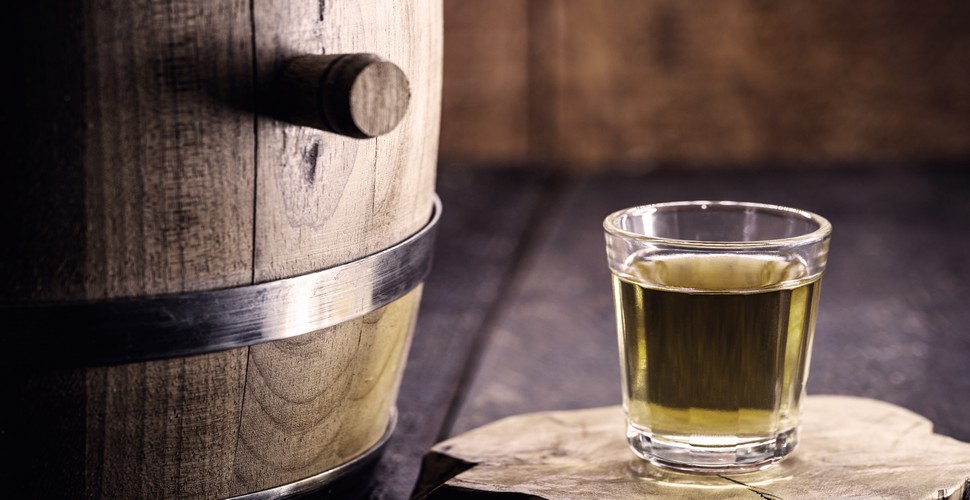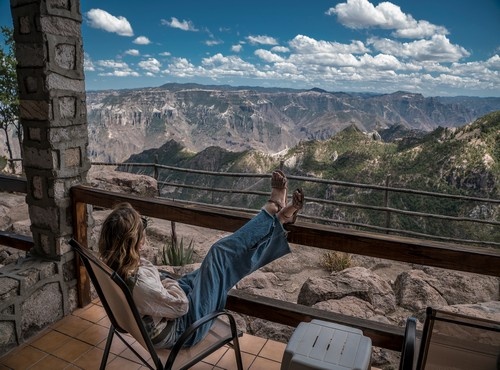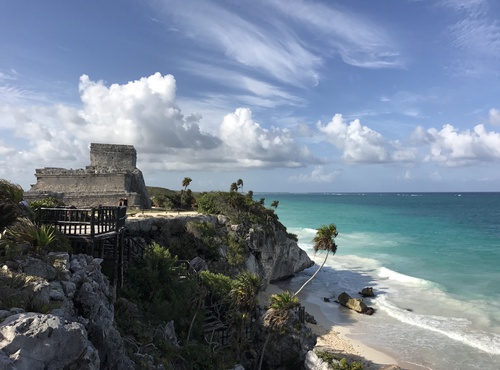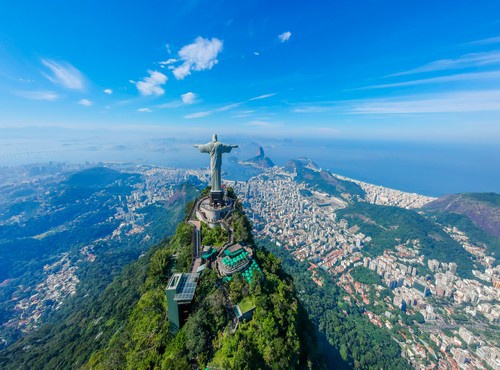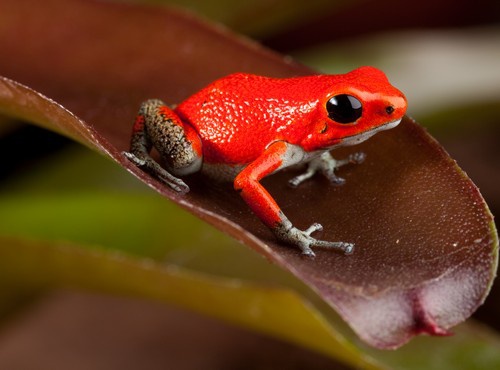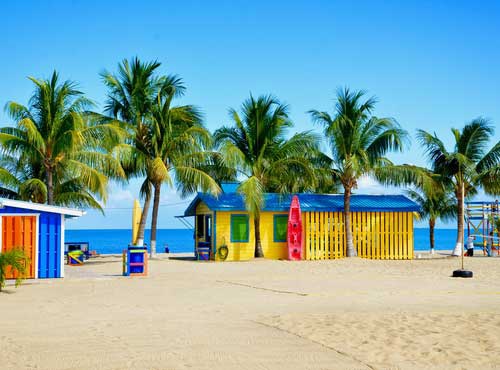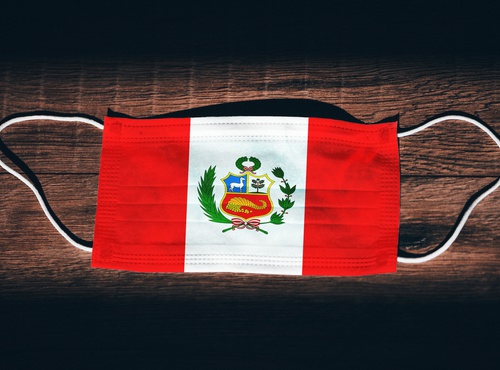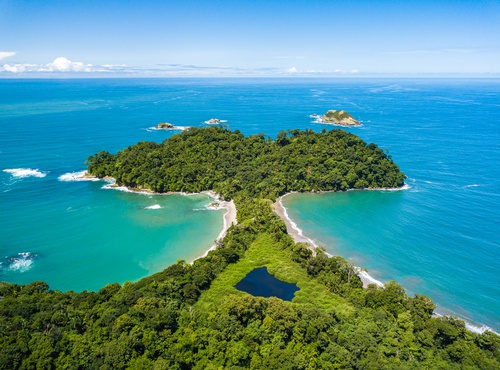
Written by:undefined undefined
Published: 19-05-2022
There are many conflicting and hazy stories about the origin of cachaça in Brazil. In a certain way, we can consider that the Portuguese started it in the Madeira islands when they began distilling sugarcane juice. One of the versions is that the distillate was created in Pernambuco province in Brazil when a slave, who travelled to the farm, left the “cagaça” which is the foam that was created on the top of an open vat of sugarcane juice. The liquid fermented naturally and due to the natural fluctuations in temperature, evaporated and condensed, forming small drops of cachaça (“pingos”) in the roof of the farmhouse. The mildly derogatory term “pinga” was created based from this story.
Cachaça
Brazil’s most famous cocktail, the caipirinha, is shaken and stirred all throughout the country, from beach front bars to the Amazon jungle. The caipirinha is a simple drink made with fresh lime juice, a heap of sugar and its most important ingredient....... cachaça. Here is a short history of both the spirit itself and the cocktail.
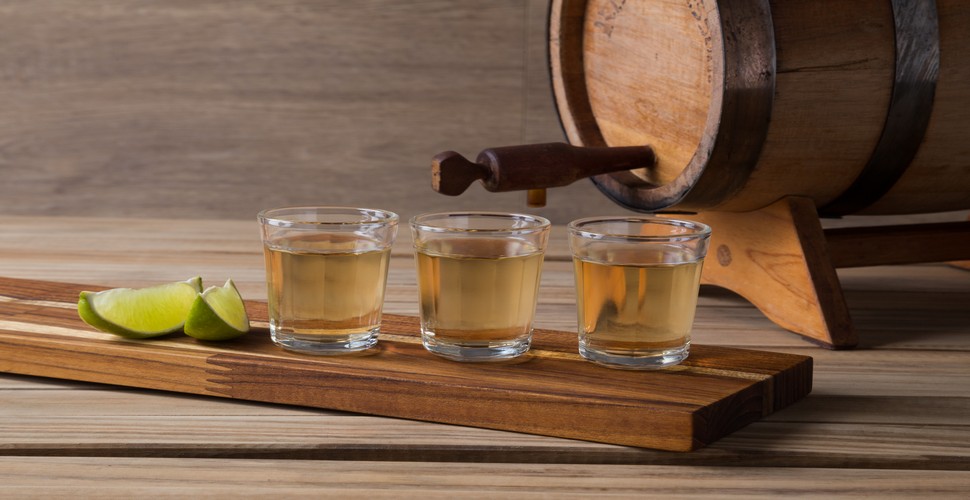
Cachaça shots
The fact that cachaça accompanied Brazilian history from the beginning, with the initiation of sugar in the country, then the growth into the territorial frontiers of Brazil, and finally arriving to the urbanization of the country. Originally, cachaça was destined for slaves but gradually became a popular tipple throughout the country, turning into an important component of the national economy, and as a consequence, proliferated across all of the coast of Brazil.
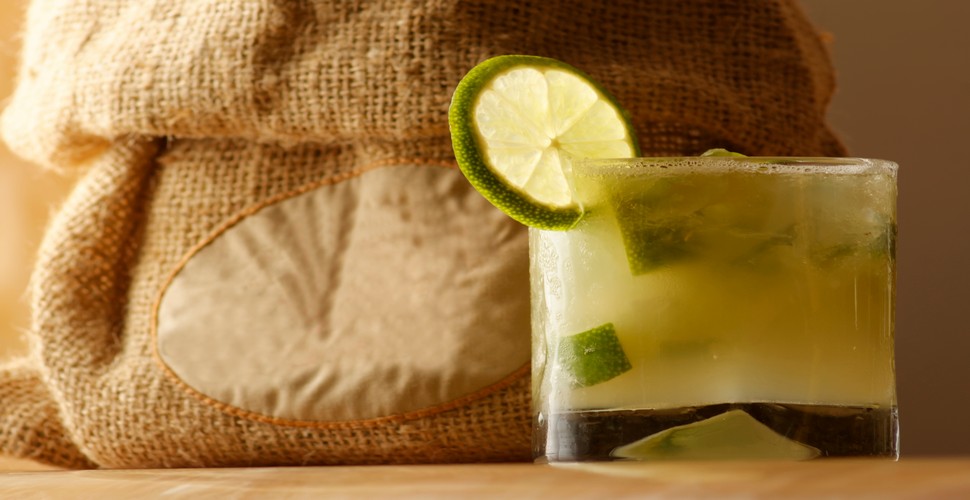
Classic Caipirinha
In the last few decades, important works have contributed to the revalorization of cachaça and its recognition as a national heritage. In 1996, the president Fernando Henrique Cardoso legitimized cachaca as a “product typically of Brazil”, establishing criteria for its manufacturing and commercialization. In 2012, a law conferred onto cachaça as “Heritage of Culture and History” in the state of Rio de Janeiro.
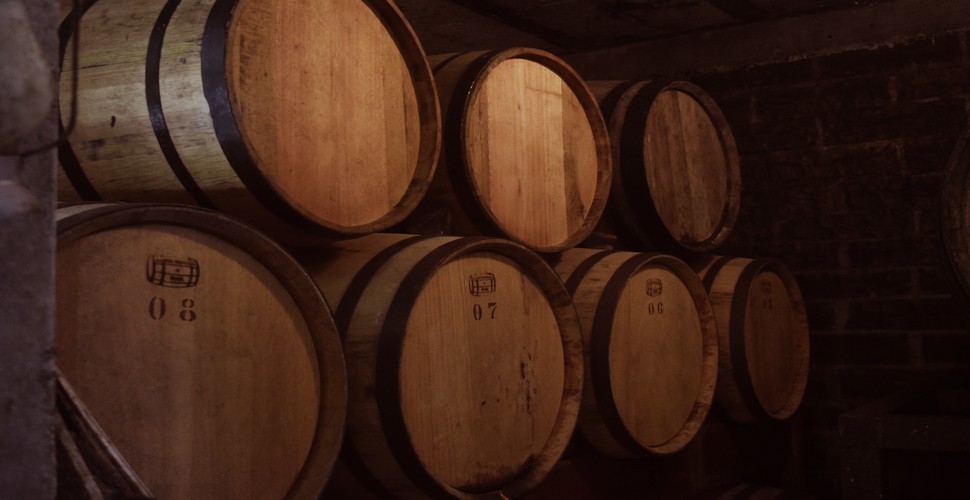
Cachaça Barrels
Caipirinha’s
So, now that cachaça is covered, let’s take a look at the cocktail itself. Traditional Caipirinhas are very simple to prepare, you simply mix lime juice, sugar, and cachaça. The best caipirinhas are a fine balance of the sweet and the acidic without the lime or sugar overpowering the other. The drink is made from relatively inexpensive ingredients, making it quite popular at beachside bars. Try a traditional caipirinha of lime first, then consider branching out to other flavors like strawberry, passion fruit, or the Brazilian cherry fruit pitanga. If cachaça turns out to be too strong, as it is for many non-Brazilians, then consider a caipiroska, the same drink made with vodka, as an alternative.
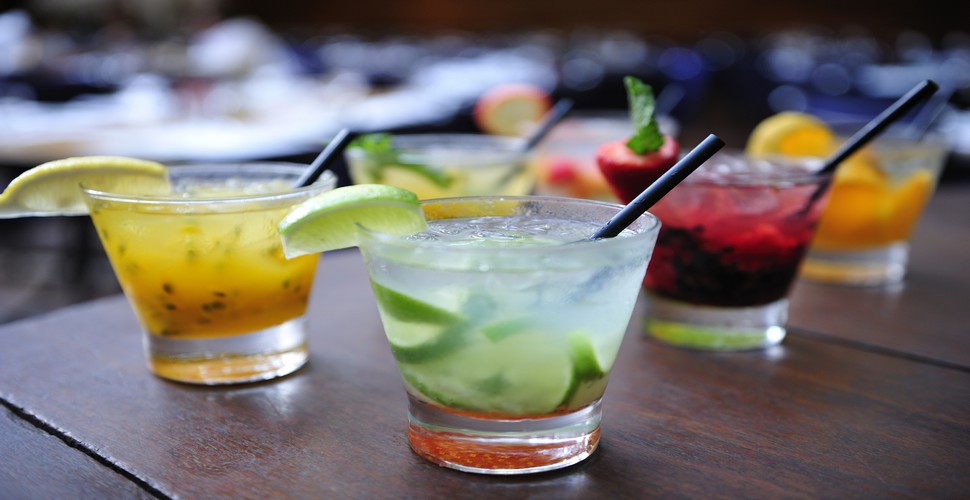
Lemon, Passion fruit and Pitanga Caipirinha´s
The Caipirinha, (pronounced kai-pir-in-ya) and cachaça (pronounced cah-cha-za) are two words travelers to Brazil will quickly become familiar with. The specialty spirit of cachaça is integral not just to caipirinhas but to the very culture of the country. This liquor is distilled from fermented sugarcane and it is often compared to rum because it can be used as a substitute in some rum-based cocktails such as mojitos, daiquiris and cuba libres. However, cachaça has its own distinctive flavor. It is also a fair bit stronger than rum, even though both spirits are made from sugar cane. Cachaça is distilled from the fresh-pressed juice which is where it differs from rum, which is typically made from the molasses of the sugarcane.
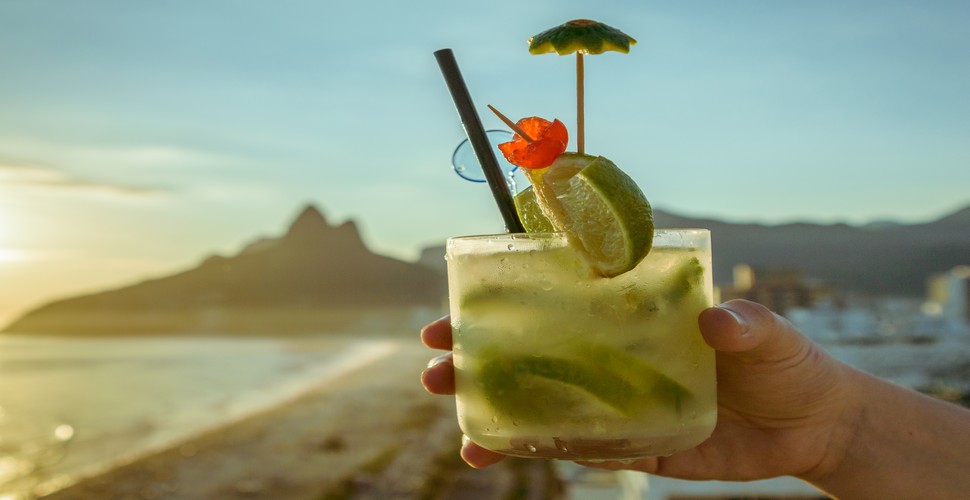
Caipirinha on Copacabana
Like any spirit, there are a number of options when it comes to buying cachaça, from incredibly cheap and guaranteeing a hangover, to refined, excellent options worth drinking on the rocks. Check with the local wine or spirits store to get a better feel for something in the right price and taste range.
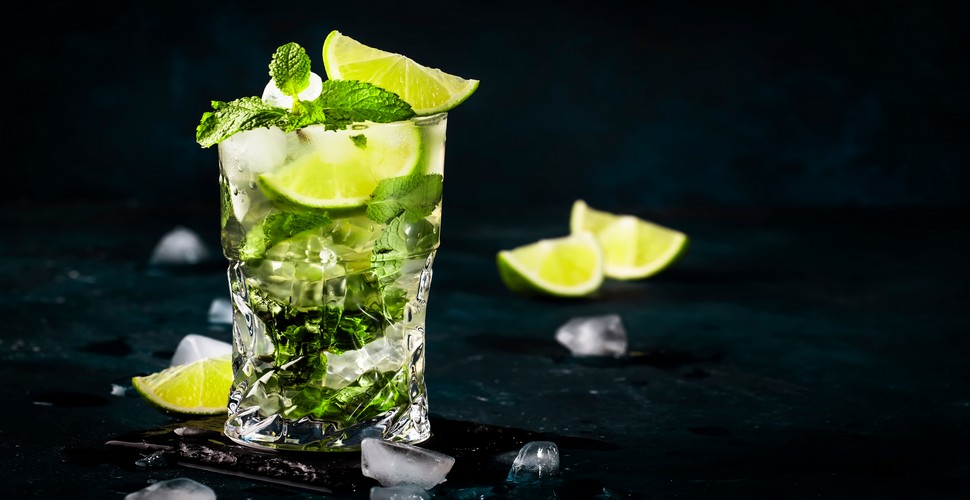
Classic Caipirinha







